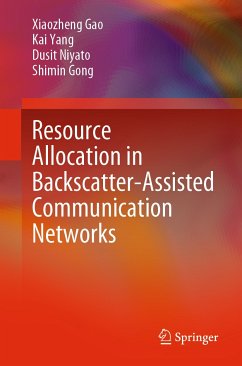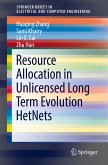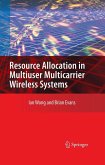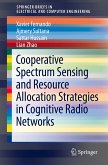Xiaozheng Gao received the B.S. degree and the Ph.D. degree from Beijing Institute of Technology, Beijing, China, in 2014 and 2020, respectively. He was Visiting Student with the School of Computer Science and Engineering, Nanyang Technological University, Singapore. He is currently a postdoc at Beijing Institute of Technology. His current research interests include cellular communications, backscatter communications, and energy harvesting. He received the Best Paper Award from IEEE Globecom 2017.
Kai Yang received the Ph.D. degree from Beijing Institute of Technology, China, in 2010. From January 2010 to July 2010, he was with the Department of Electronic and Information Engineering, Hong Kong Polytechnic University. From 2010 to 2013, he was with Alcatel-Lucent Shanghai Bell, Shanghai, China. In 2013, he joined the Laboratoire de Recherche en Informatique, University Paris Sud 11, Orsay, France. Now, he is Professor in the School of Information and Electronics, Beijing Institute of Technology, Beijing, China. His current research interests include resource allocation, convex optimization, massive MIMO, mmWave systems, and interference mitigation.
Dusit Niyato is currently Professor at the School of Computer Science and Engineering, Nanyang Technological University, Singapore. He received B.Eng. from King Mongkuts Institute of Technology Ladkrabang (KMITL), Thailand, in 1999 and Ph.D. in Electrical and Computer Engineering from the University of Manitoba, Canada, in 2008. His research interests are in the areas of Internet of Things (IoT), machine learning, and incentive mechanism design. He is IEEE Fellow. He has published 8 books, more than 350 journal papers, and more than 250 conference papers and received more than 37000 citations according to Google Scholar. He is very active in the editorship of IEEE journals.
Shimin Gong received the B.E. and M.E. degrees in Electronics and Information Engineering from Huazhong University of Science and Technology, Wuhan, China, in 2008 and 2012, respectively, and the Ph.D. degree in Computer Engineering from Nanyang Technological University, Singapore, in 2014. He was Associate Researcher with the Shenzhen Institutes of Advanced Technology, Chinese Academy of Sciences, Shenzhen, China. He is currently Associate Professor with the School of Intelligent Systems Engineering, Sun Yat-sen University, Guangzhou, China. His research interests include wireless powered communications, Internet of Things (IoT), low-power backscatter communications, and machine learning in wireless communications. He was Recipient of the Best Paper Award on MAC and Cross-layer Design in IEEE WCNC 2019. He has been Lead Guest Editor of the IEEE TRANSACTIONS ON COGNITIVE COMMUNICATIONS AND NETWORKING, a special issue on Deep Reinforcement Learning on Future Wireless CommunicationNetworks.









